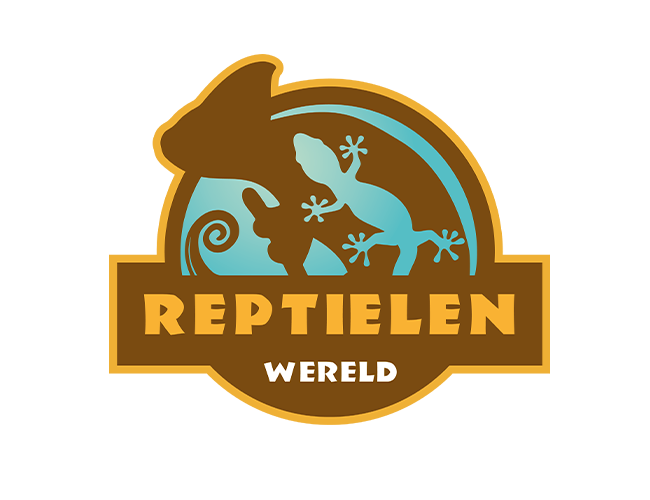
Tricolor poison frog



Tricolor poison frog
Name Dutch: Tricolor poison frog
Scientific name: Epipedobates Anthonyi
Origin: South America
Age: 7 to 10 years
Height: 1.5 - 2.5 cm
Day temperature: 22-26 degrees
Humidity: 70-80%
Birth: Egg laying.
Activity: Day active
Legislation: Cites B, declaration of transmission is mandatory
Climate: Tropical rainforest
Stay: Terrariums
Heat place: max. 28°c
Night temperature: The night temperature may drop to at least 15°c
Night humidity: 80 - 100%
Minimum size: 50 x 50 x 50 cm



Description
The tricolor poisonous frog (epipedobates tricolor) is a small poisonous frog that can grow up to 2.5 cm. Juveniles are dark red in color with three light green longitudinal stripes on their backs. These stripes are sometimes also broken. As the animals get older, the dark red will become brighter and more beautiful. The Epipedobates tricolor is a very good beginner poison frog because they are fairly easy to care for. Moreover, this frog species is certainly not shy. What makes this species very nice is that the males whistle like a canary. Originally, the three-colored poison frogs are found in Ecuador and Peru, where they live at different altitudes from 300 to 1800 meters above sea level. The animals live along streams and rivers with light to dense vegetation. The tricolor is even found on plantations and in empty Coke cans that have been left behind.

Caresheet
A group of five to six three-colored poison frogs do well in a terrarium of 50x50x50 cm. Several men may be present. The temperature in the paludarium may be between 22 and 27°C for this species. The night temperature should not fall below 15°C. The temperatures may be slightly lower with the tricolor poison frog than with other poisonous frog species.
The paludarium can be decorated in different ways and styles, depending on your own preference. Provide a moist soil of, for example, peat plates and place a number of pieces of wood on it. Pay attention to the type of wood you use, such as cork, spiderwood or teak. Plants and bromeliads can be attached to this. The back wall can be covered with fern root (dicksonia fibrosa) plates. Plants can easily attach to this and if these plates are kept moist, there is a chance that ferns or mosses will grow out of them.


Sex and Reproduction
Once the males are adults they will whistle at each other. If a female shows interest she will approach him and the male will crawl on the back of the female, this is called amplexus. The female will then deposit her eggs on a leaf of a bromeliad and the male fertilizes it. The female will leave her eggs and leave the care of them to the male. He will take care of the eggs for about two weeks by moisturizing them regularly.
When the eggs hatch, the male will sit between the eggs and the tadpoles will climb on its back. If there are enough tadpoles on its back, it will look for a waterhole and sit in the water. The tadpoles will then leave the back and are left to their own devices. After about 60 days, the tadpoles will have developed into young poison frogs and will leave the water and head on land.


Nutrition
The food for the three-colored poison frogs (epipedobates tricolor) consists of small and large fruit flies, springtails, pea aphids, tropical woodlice and possibly dust crickets. It is best to powder the food twice a week with a good vitamin preparation. This is really necessary to get the right vitamins. Because poison frogs have a fast digestion, it is wise to feed them every day, but make sure that the frogs do not become obese.

